Astronauts don’t get days off when they’re on space missions but they do schedule eight hours of sleep each night.
But even with a strict sleep schedule space cadets usually stick to the same sleep patterns they have on earth. Some wake up in the middle of the night to use the restroom while others stay up late peering out the window.
But other factors, like anti-gravity, motion sickness or even snoring, can impact the way astronauts sleep.
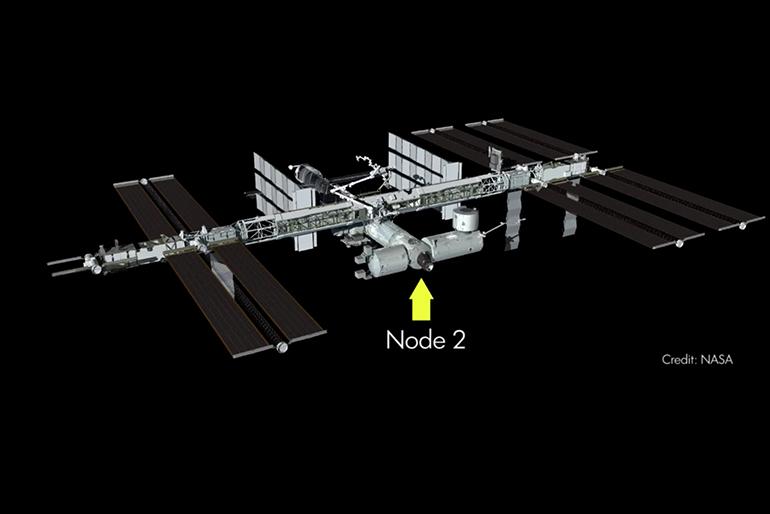
The International Space Station has several small bedrooms called sleep pods inside various nodes of the station.
There are sleep pods in Node 2, which is most well known as the forward front portion of the space station. Additionally, there are six small bedrooms located in the rear Service Module.
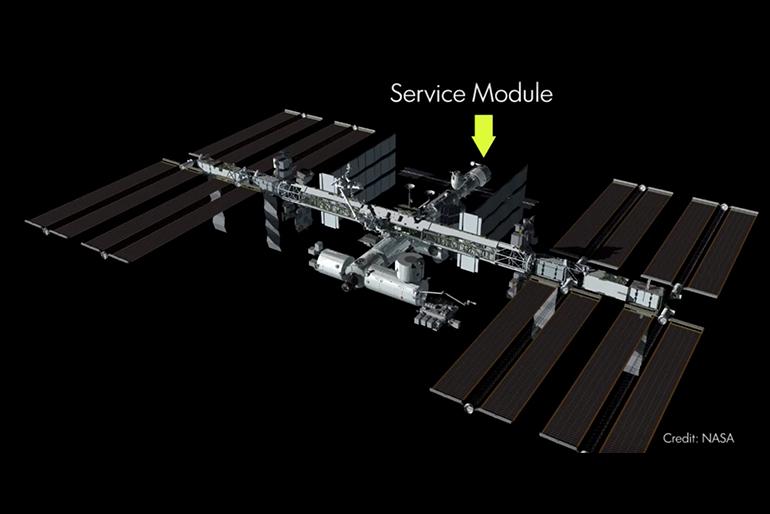
A Look Inside A Sleep Pod
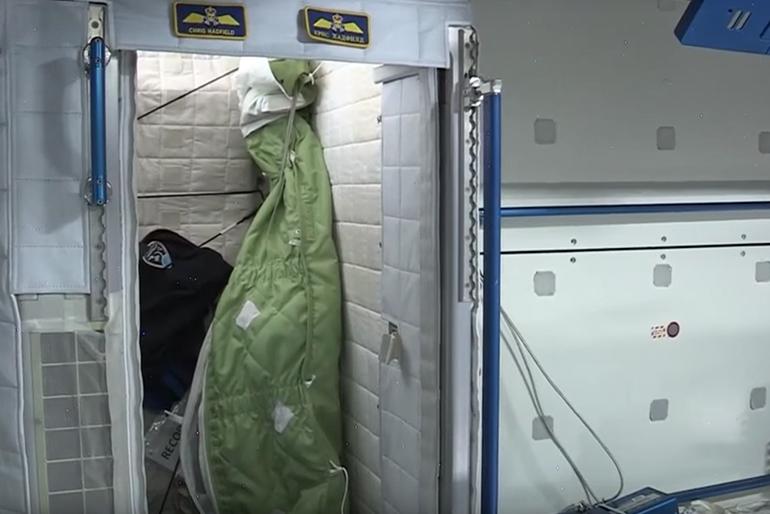
Unlike a fancy hotel with a plush mattress and elegant decor, sleep pods simply house one sleeping bag that is tied to the wall.
If you’re looking for the astronaut’s pillow, you’re not going to find one. Due to the lack of gravity in space, astronauts don’t need anything to hold them up for proper support.

Because there is no gravity, astronauts can completely relax their entire body without any pressure points for complete muscle relaxation.
Pajama Fashion Is Not Overlooked In Space
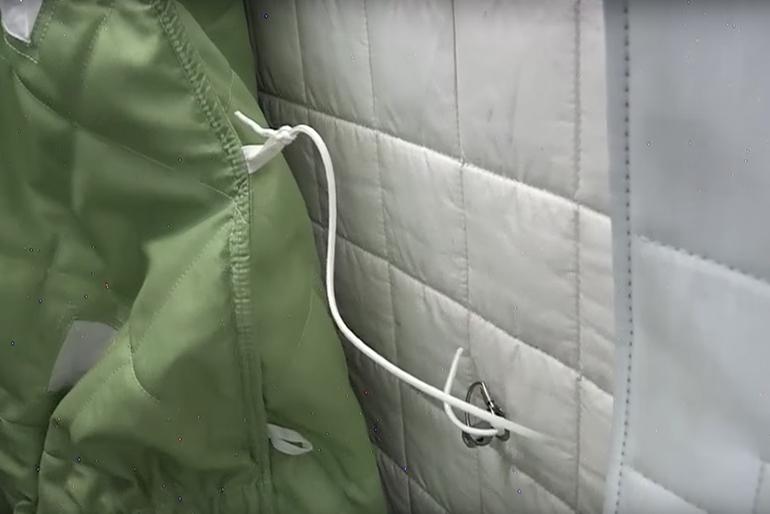
Sleepwear isn’t limited to earthlings.
In space, some astronauts sleep in full-length long johns, pajamas and even stocking caps.
Zero Gravity Sleep Can Be Achieved On Earth
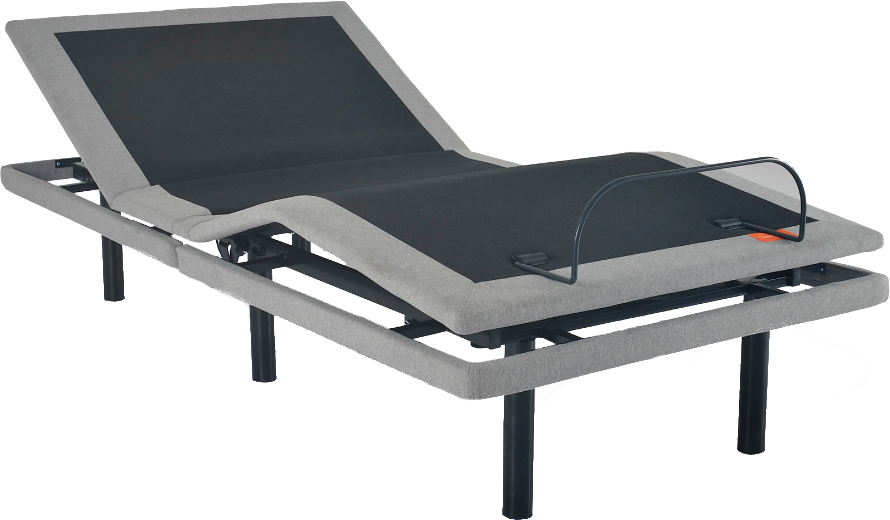
If you’re not planning a trip to the International Space Station or on the list to Colonise Mars you’re still in luck.
Quality adjustable bases have a precise configuration for zero gravity position which simulates the sleep position of astronauts to alleviate snoring and ease blood circulation.
Try yours tonight for a slumber that is out-of-this-world.
[otw-bm-list id=”8″]
